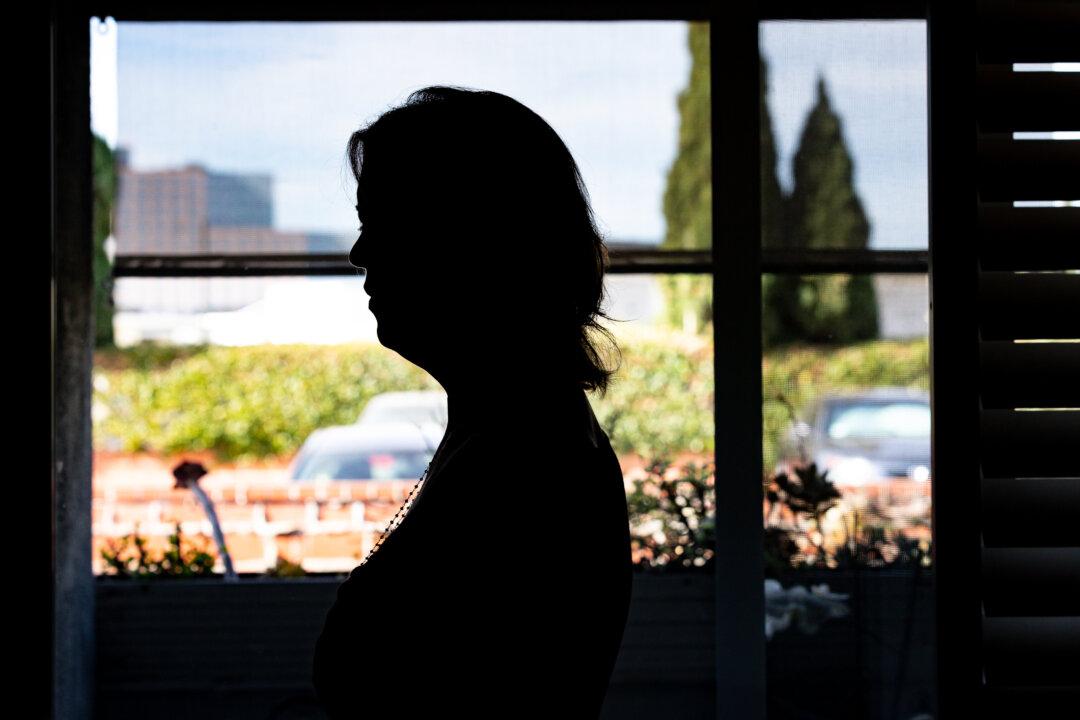When Sara Tasneem was 15 years old, she met the 28-year-old man she would marry. They met over a glass of orange juice and were married by nightfall.
The marriage was arranged by Tasneem’s father, when he learned she had a boyfriend and feared she might engage in premarital sex.





